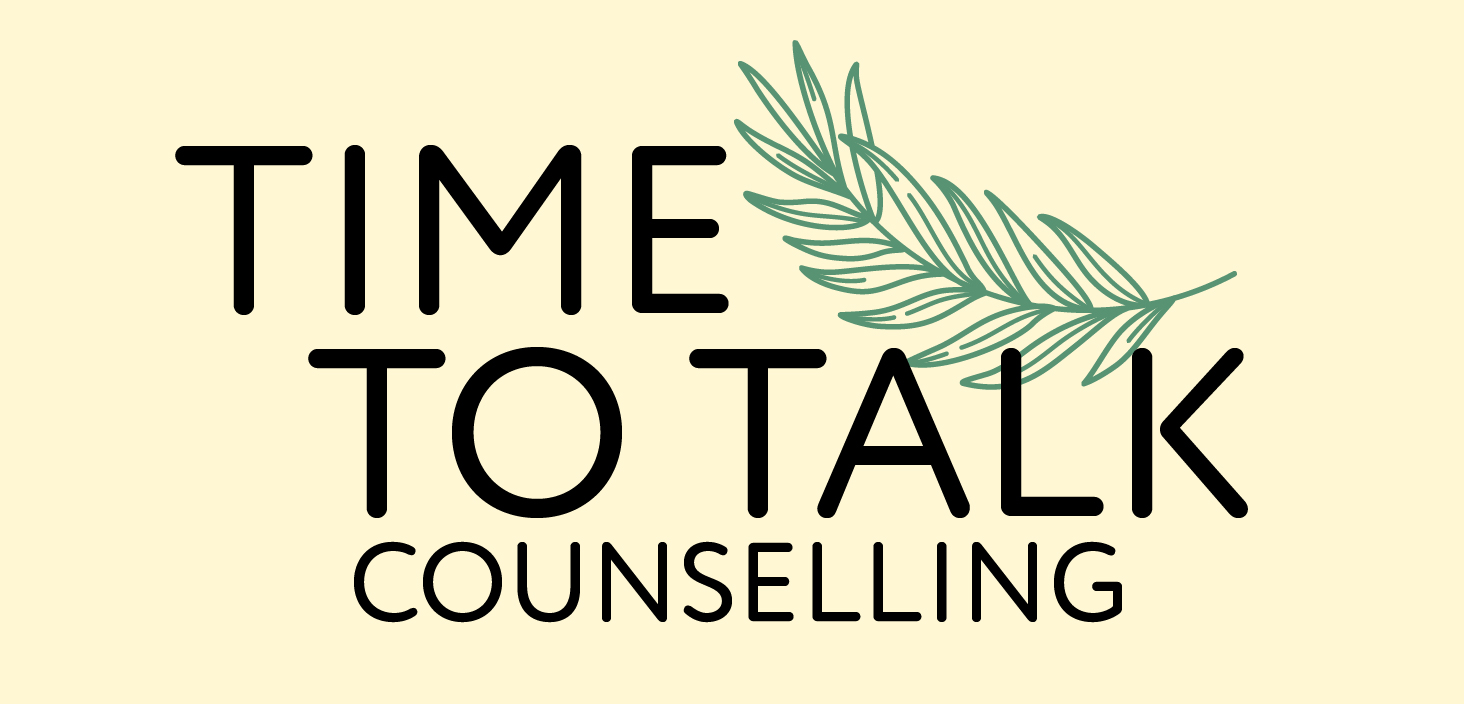I know that breathing is old news in the mental health and wellness world. Everyone knows by now that when we’re feeling stressed, anxious, or overwhelmed, we should “remember our breath,” “breath through it,” or “come back to the breath”. I myself have recommended breathing exercises to clients many, many times. But I have also felt a bit reluctant to do so for several reasons, all of which I’m embarrassed about:
- I have a hard time remembering the various breathing techniques and exercises I’ve learned over the years, despite their ubiquity, and I often have to clumsily look them up in session;
- I have rarely, until recently, personally experienced any discernible benefit from breath work;
- I worry that it’s an annoying thing for clients to hear (probably due in large part to items (1) and (2)), and I assume that I sound like a broken record and it’s something that’s been suggested to them a hundred times before, and something that might feel dismissive or invalidating in the midst of a crisis;
- I think it sounds silly on a literal level because of course we’re all breathing, duh.
Notwithstanding all of this, I also know that mindful connection to breath is a fantastically effective, evidence-based tool that helps with a number of the challenges that my clients (and I) regularly face. So the purpose of this blog post is to explain in the simplest possible terms why nobody can shut up about breathing, when and how to use it for maximum effect, and what not to do in your own breathwork.
What’s the deal with Breathwork?
The short explanation for why breathwork is so important is that your brain reads cues of safety from your body, and this happens largely outside your conscious awareness. While we tend to think of our conscious brain as directing our body to do things, in reality much more information flows in the opposite direction, from the body up to the brain. Information flowing in this “bottom-up” direction will reach the unconscious survival brain first, before reaching the conscious brain last, if at all. If you can force yourself to slow your breathing to a relaxed pace, it goes a very long way towards tricking your brain into actually relaxing in response. For this reason, paced breathing is extremely effective at helping to interrupt and even avert a panic attack or flashback, can help prevent impulsive reactions, can counteract dissociation, and can even reduce symptoms of depression.
This skill is best paired with working to increase your awareness of your bodily sensations of safety on the one hand, or stress on the other. Because we feel things in our body before we become aware of them as emotional reactions, the earlier you notice a sensation, the more quickly you can become curious about the source of the feeling in yourself or in your environment, and take appropriate action. If the source is a genuinely dangerous situation, listen to your body’s alarm system and get the heck out of there. If the environment is objectively safe, and your sensation results from internal processes like shame, trauma, or anxiety, then mindful breathing might be a really useful tool to reach for.
My Favourite Breathing Exercise is Not a Breathing Exercise
I have found most breathing exercises that I’ve come across to be daunting and distractingly convoluted. I think a big part of the reason for this is that I personally am not big on counting, and most breathing exercises I know of require a lot of counting. I can’t explain this other than the counting feels boring and also like I’m doing it wrong, even if I only have to count to four. If someone else is doing the counting, like a yoga instructor, I don’t mind it as much, but I’d still rather not. However, recently I was reading a book called “the Wisdom of Your Body” by Hilary McBride, and she wrote something about how a relaxed rate of breathing is about 5-6 breaths per minute. So I set a one minute timer on my phone, and counted my breaths, just breathing normally. I was at about 9. I reset the timer and made a conscious effort to breathe as slowly as I could, and this time I made it in 5. And when the minute ended I actually felt a wave of relaxation wash over me. And I realized that I had discovered the most effective breathing exercise I had ever tried, and it only took a minute. I like this because you could do it virtually anywhere, anytime. You could do it in a meeting or in a crowded elevator, and nobody would even have to know. I should note that there is some evidence that having a longer exhale than inhale is important, but ensuring this would involve counting, so this isn’t a feature of my exercise below. However, you can incorporate it if you like!
Exercise #1: Set your phone timer for one minute.* You might want to set it to vibrate after the minute is up so it’s a little less jarring. Try to slow your breath so that you only breathe <6 times before the timer goes off. If you couldn’t do it, or if you simply liked that and want more, go again. That’s it; that’s the whole thing.
*a kitchen timer, a clock with a second hand, or a sand-timer would all work great for this as well.
Another simple exercise I like pairs breathing and walking, and that’s really the whole thing. It comes from the book Unf*ck Your Boundaries by Faith G. Harper:
Exercise #2: Find somewhere outside where you can walk around freely. You can walk along a path or walk in circles, as long as they aren’t too tight. Breathe normally and count how many steps your regular inhales and exhales take, until you find the rhythm of it. Once you’ve got the rhythm, you can extend your exhales by one pace, if that feels good. If your inhale naturally extends to match, that’s ok, you can just go with that. If you like, try to extend the exhale by one more pace. Keep this up for at most 20 pairs of in and out (to avoid getting lightheaded).
How Not to Use Your Breath
There are many other breathing exercises out there; no doubt you’ve heard of a few. Many people like box breathing, where you count to four for the inhale, hold your breath for four, four for the exhale, hold your breath for four, and so on. If you have something that is working for you, I’m not here to poo-poo it, but I do want to point out that it is a bad idea to do a breathing exercise that involves holding your breath if you goal is to use breathwork to help you with trauma or anxiety. Remember all those signals flowing from your body to your brain, cuing your system to “safety” or “danger”? When you hold your breath, your body is cuing your brain that you are in danger. Think about the last time you watched a scary scene in a movie, were startled, or got hurt. You may have gasped, and you probably held your breath. This is a basic, instinctive, and ancient physiological process. It is counter-productive to do breathwork that tricks your body into perceiving danger. If this has been your approach, try the exercises I’ve suggested here, or any other breathing exercises that don’t involve holding your breath. Notice whether you feel a difference in your body or in your overall sense of safety. And ultimately, do what works best for you.


